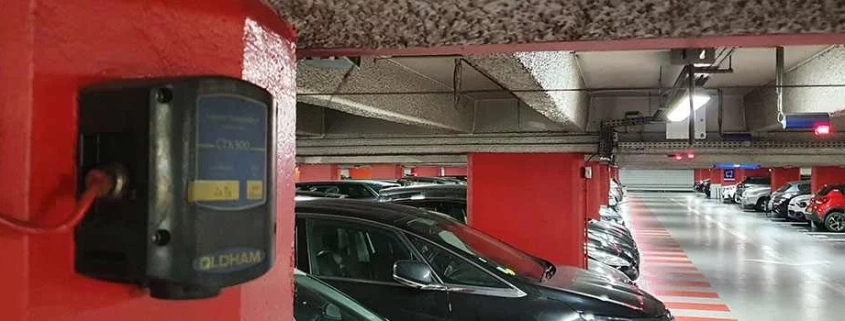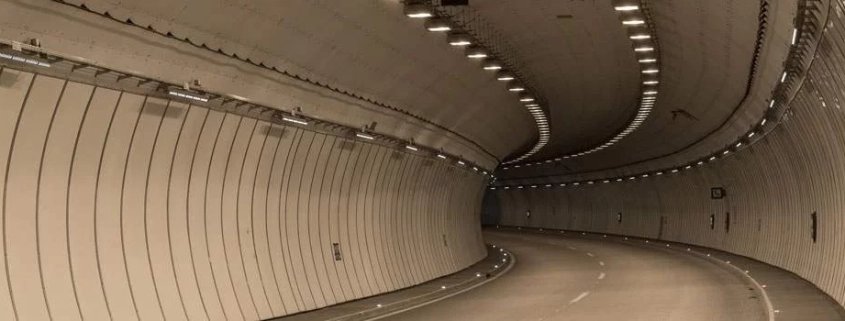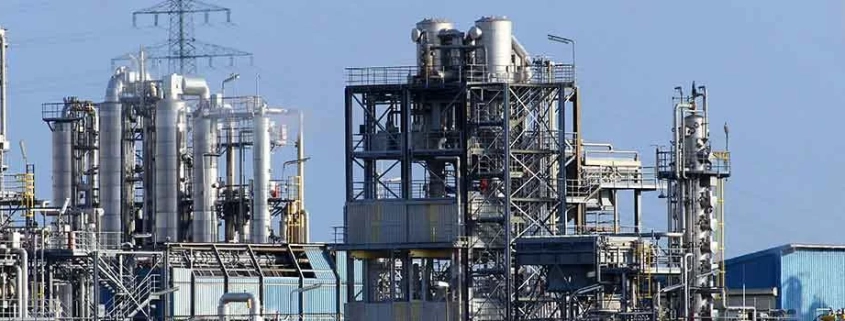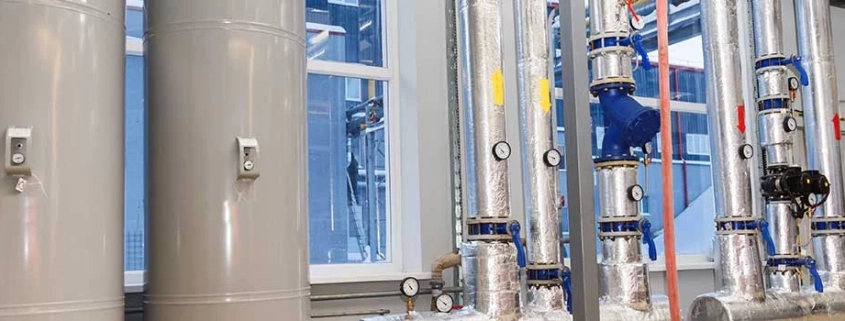In closed areas
limited space , is a partially or fully enclosed structure that is not designed to be permanently occupied by workers. Working inside ( limited area entry ) must remain exceptional: during their construction, servicing (especially during cleaning) or maintenance (periodic inspection, repair).
Scope of application
- Wastewater treatment: chlorination, ozonation
- Crawl spaces, sewers, drains, pipes
- Mines, long and thin galleries
- Cisterns, tanks, containers
- Wells, sinks, pits, silos and cellars
Limited area entry
Major dangers in confined spaces
Most of the accidents (often serious or fatal) that occur at confined space entrances are due to lack of oxygen, toxic gas or vapor existence and explosion or from fire It originates from . These are therefore the first hazards to watch for when anticipating intervention in this type of area.
- suffocation , anoxy or hypoxia : temporary or definitive lack of oxygen, which can lead to death
- Poisoning : Poisoning results from inhaling or absorbing a toxic substance ( hydrogen sulfide, carbon monoxide, hydrogen cyanide ) that can lead to death.
- explosion and fire : The presence of flammable gases (natural gas, butane, propane, hydrocarbon vapors) or dust may cause fire and explosion.
Risk prevention at closed area entrances
Without entering any closed area feasibility and necessary prevention tools first. organized in advance It is highly recommended that you do so. To classic PPE (helmet, gloves, safety shoes, boots…) in addition, it is recommended to use 4 gas detectors (flammable gas, lack of oxygen, carbon monoxide and hydrogen sulfide) for the confined space and to have a self-rescue breathing apparatus for emergency evacuation. Good prevention also requires proper functioning of devices. Therefore, a daily crash test for portable gas detectors is recommended before each use.
Limited field training
All workers who may work in a confined space environment, such as construction workers, HVAC technicians, or firefighters, are required to receive appropriate confined space training depending on the risk level of their activities.
Confined space awareness courses are designed to help students learn more about safe working practices, the use of appropriate gas monitoring equipment, and what occupational safety regulations include.
Thanks to local education (in the U.S. OSHA confined space training in France CATEC® training and different indoor certification in other regions), employees who thrive in these environments are informed about their legal responsibilities under indoor regulations and other relevant legislation. They also understand how to prevent and respond to various risks. After receiving training, employees become aware of the dangers of working in confined spaces and understand the importance of implementing appropriate control measures and necessary emergency procedures.
Portable gas detectors and space gas monitoring devices for tight spaces
The most commonly used indoor air monitoring device is a 4-gas indoor air meter that simultaneously monitors flammable gas (CH4), oxygen (O2), carbon monoxide (CO), and hydrogen sulfide (H2S).










